A Guide to Choosing Between
Straight-Edge and Serrated Chef's Knife
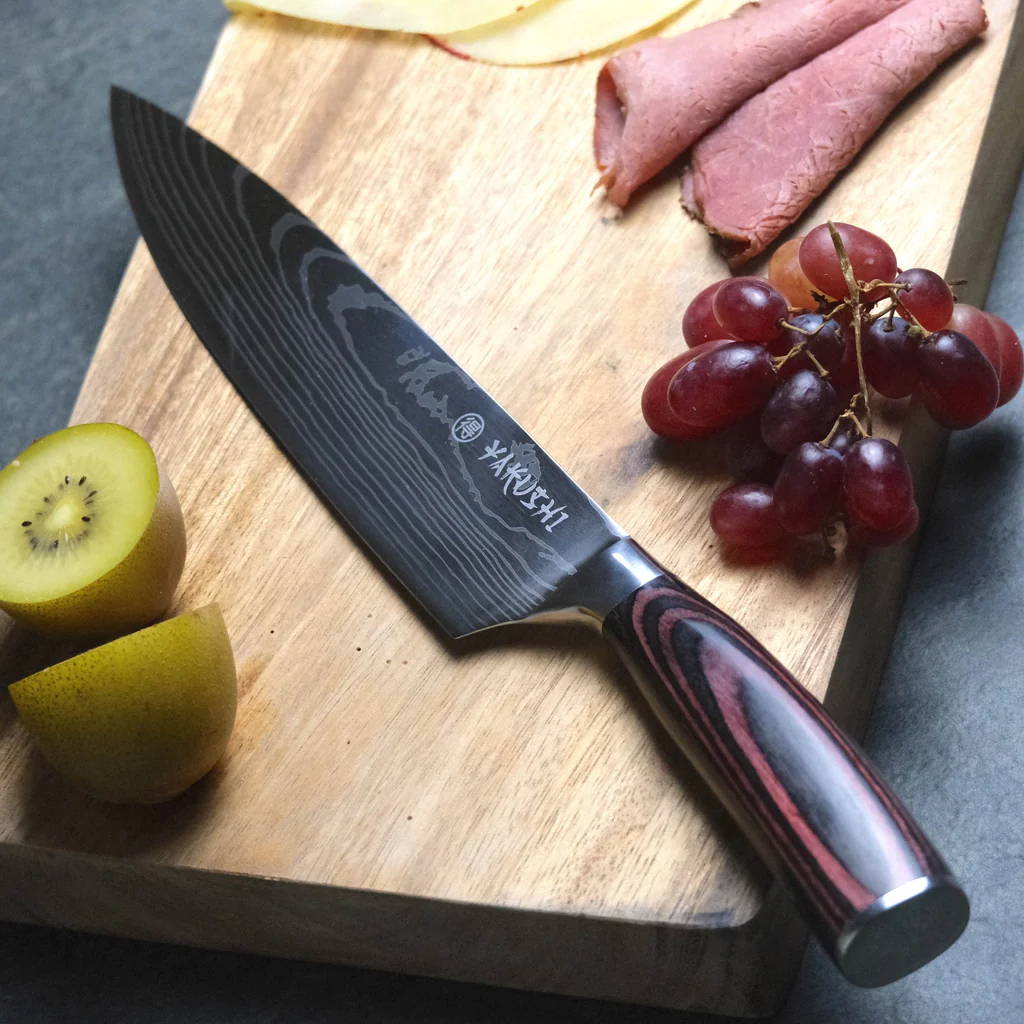
Straight-Edge Chef's Knives
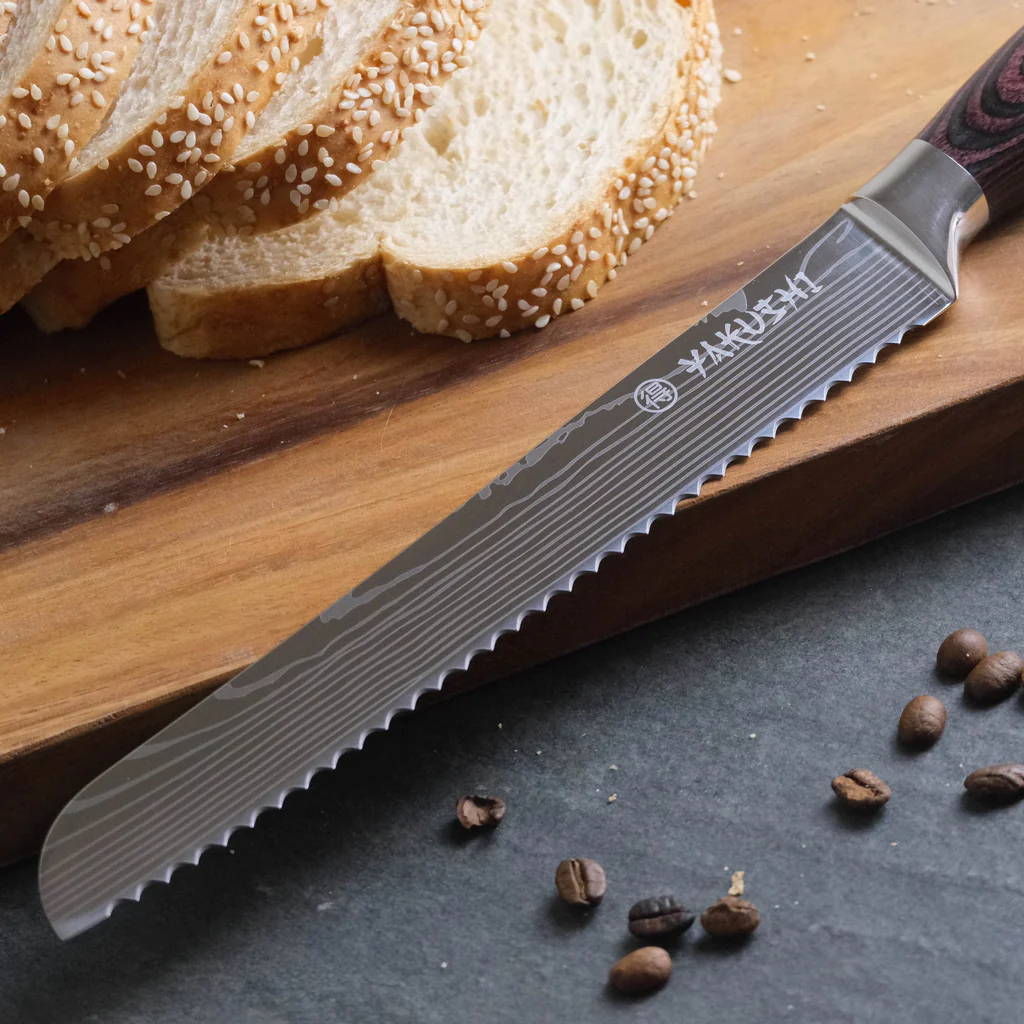
Serrated Chef's Knives
Which One Suits You The Best
Your Daily Culinary Routine
Choose According to The Cutting Efficiency
Working with sticky or delicate ingredients
Maintenance Requirements
Even though the serrated one seeks sharpening less frequently, its honing process is comparatively more complex, requiring professionals’ support, especially for beginners.

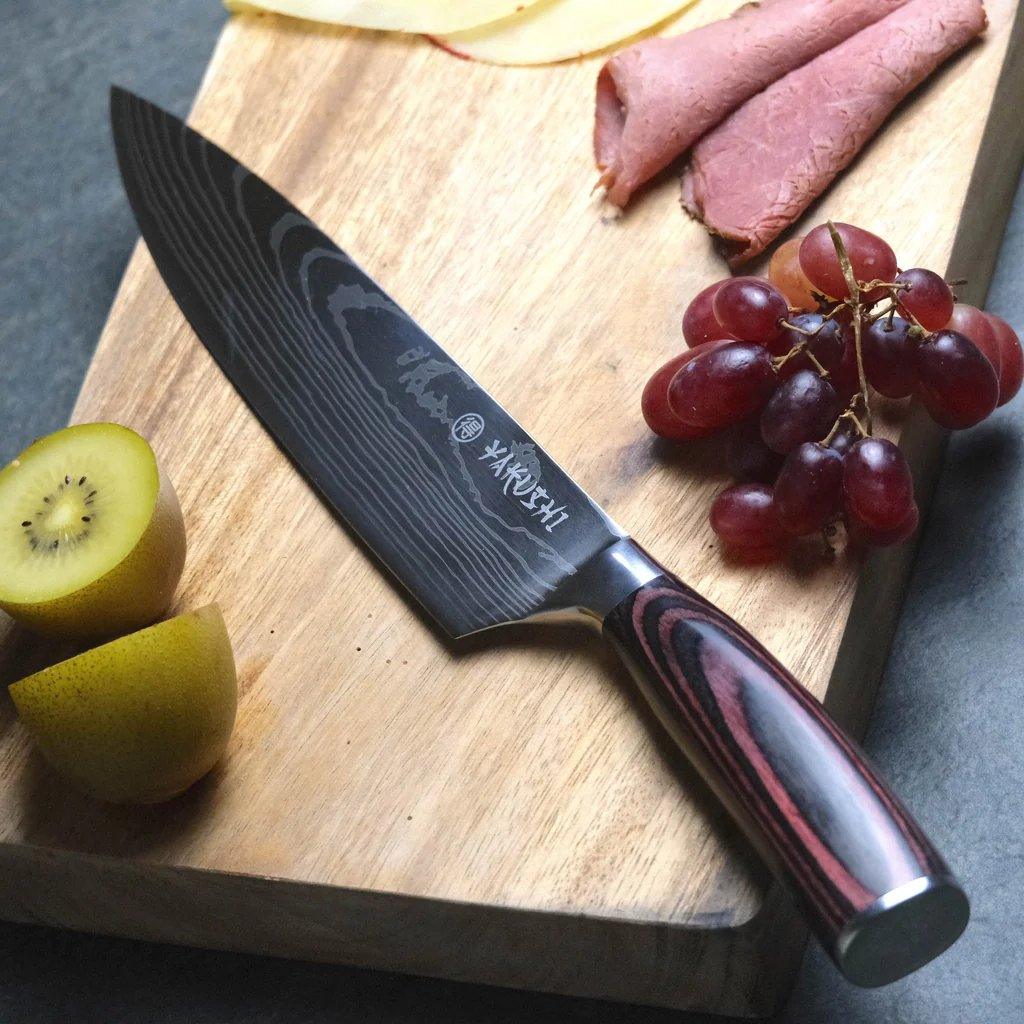
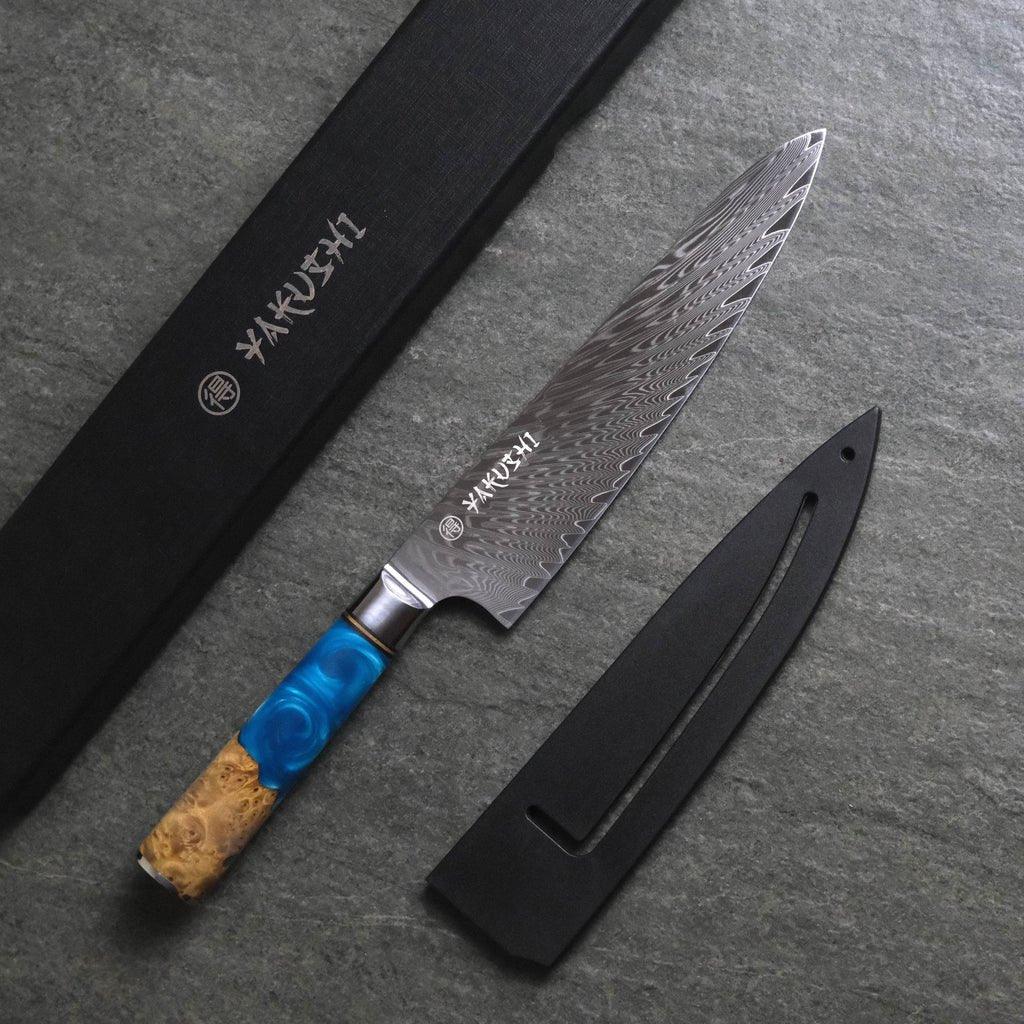
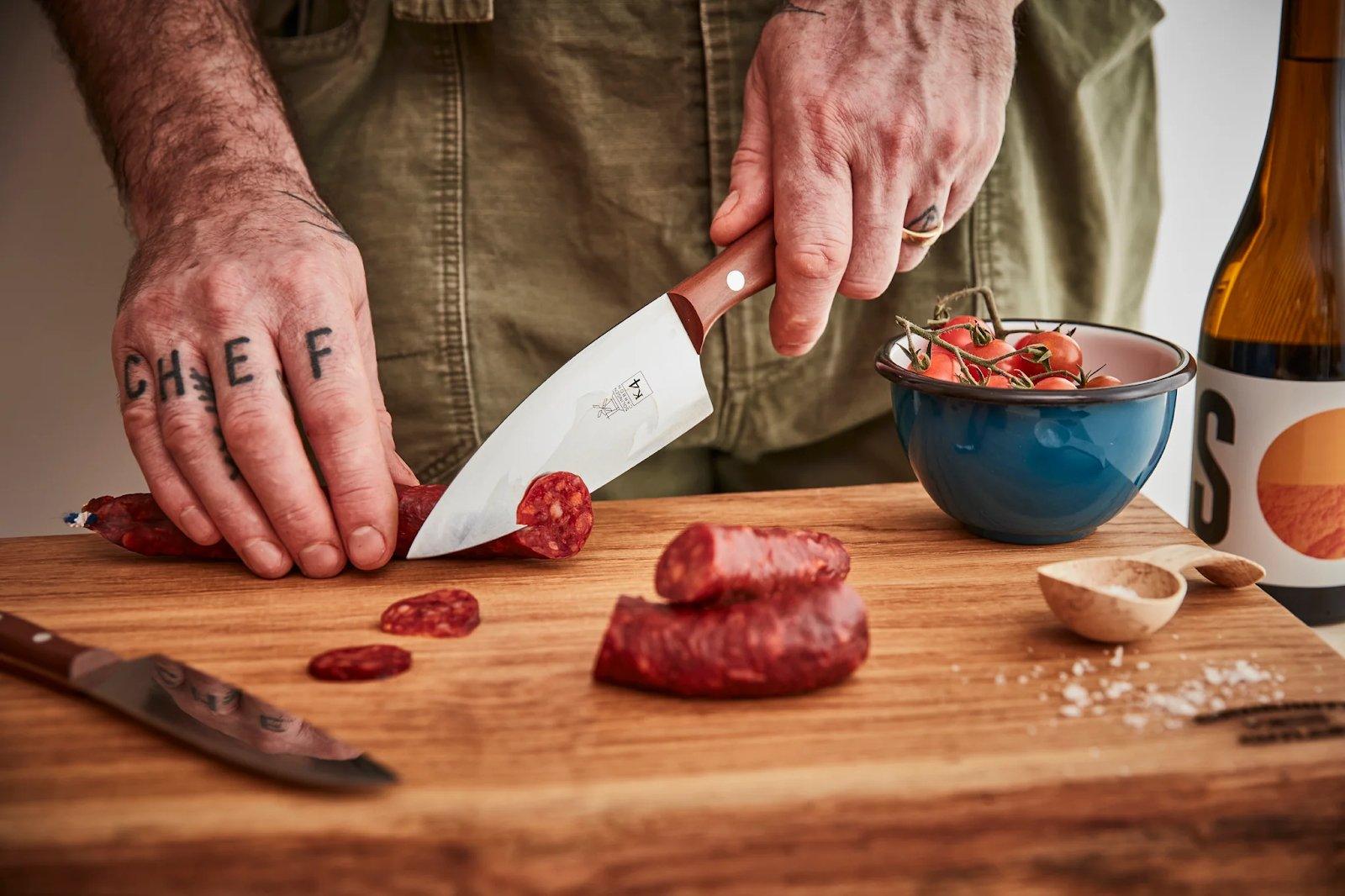
Leave a comment
This site is protected by hCaptcha and the hCaptcha Privacy Policy and Terms of Service apply.